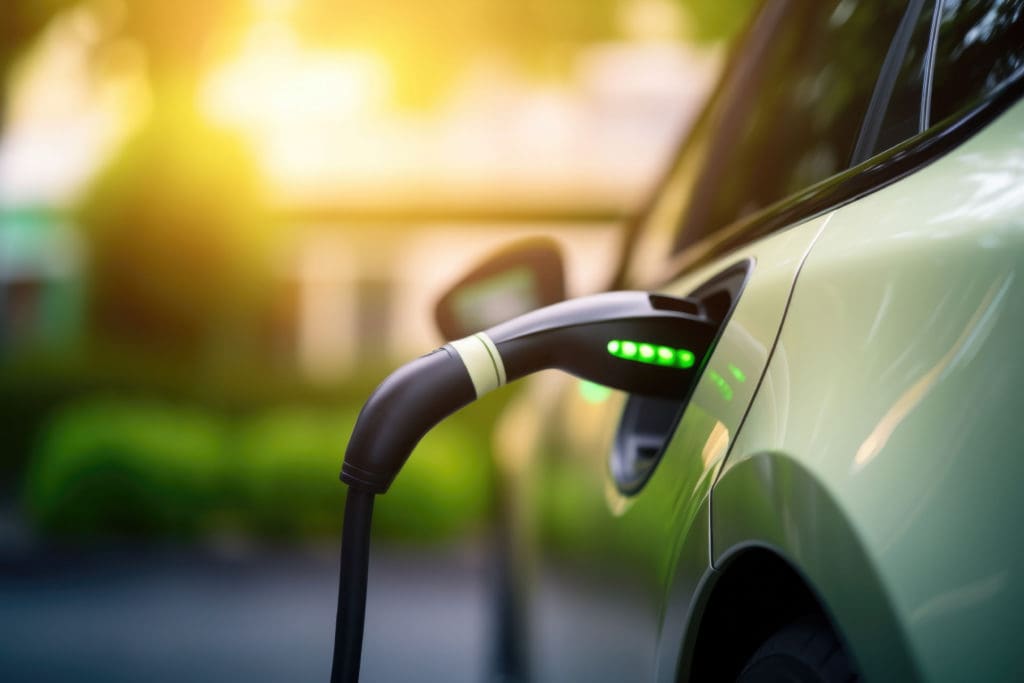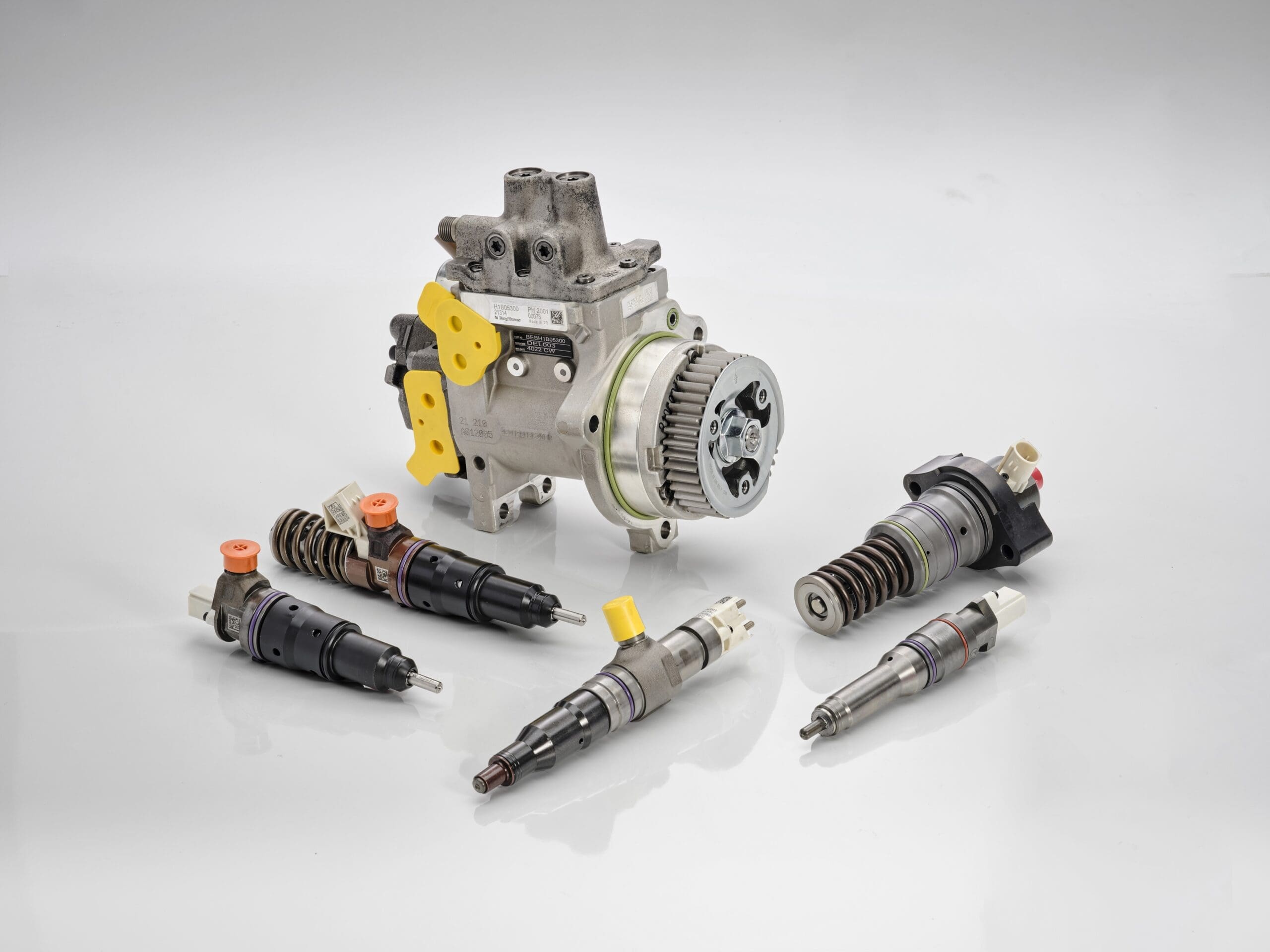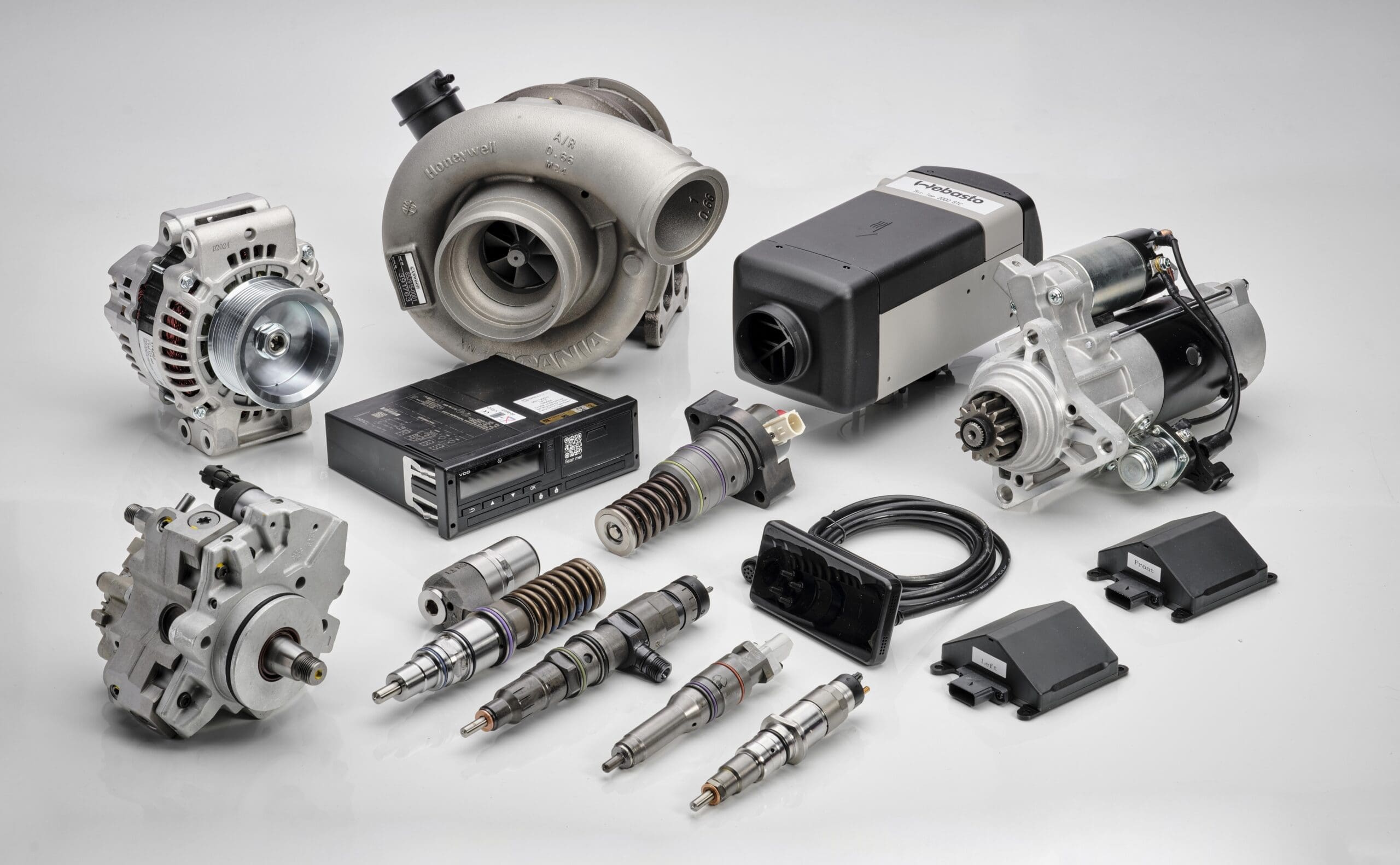An electrified future
Driven by impending regulatory targets, more affordable costs, and improved battery technology and charging infrastructure, electric vehicles (EVs) are poised for significant growth. According to The Society of Motor Manufacturers and Traders (SMMT) Motor Industry Facts 2023, more than 848k alternatively fuelled cars were registered in 2022, accounting for a little over half of all new car sales. This growth will continue to accelerate in the coming years, and under the zero emissions vehicle (ZEV) mandate, 80% of new cars and 70% of new vans must be fully electric, or another alternative, by 2030.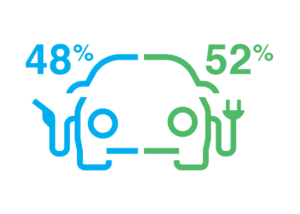
Plenty of mileage in the internal combustion engine (ICE)
Although EV uptake has been rapid, it’s important to remember that it’s starting from scratch. According to the same SMMT report, 5.8% of cars on the UK’s roads in 2022 were electrified in some form, meaning the vast majority, over 94%, were powered by an ICE. And whilst the ZEV mandate will come into play in 2030, it will be a while before this has any real impact on the vehicle parc. Indeed, estimates suggest that around 80% of the vehicles on our roads will still be powered by a petrol, diesel or hybrid combination by the end of the decade. To put it simply, it takes a long time to overturn a parc, so there will be a significant fleet of ICE vehicles for the foreseeable. Much longer for commercial vehicles, where no other source can offer better emissions, range, affordability or usability than diesel.
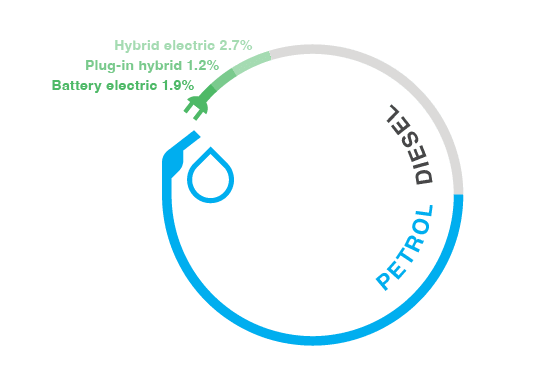
Legislation driving improved technology
They just won’t be the engines you know today. Although modern diesels are already impressively clean, OEMs will continue to enhance software and controls to meet even tougher Euro 7 targets. That same legislation has also paved the way for other greener, more fuel-efficient technologies such as GDi – now the powertrain of choice for cars, when paired with turbochargers. They too are going electric, and will become part of a hybrid set-up, generating boost, eliminating lag and recuperating spent energy.

Computers on wheels
These advances, along with the demand for more comfort, connectivity, and autonomy, has led to a proliferation of onboard electronics and software. A decade ago, only high-end cars contained 100 microprocessor-based ECUs, performing over 100 million lines of code. Yet, with features such as adaptive cruise control and emergency braking now standard, even regular cars are fast approaching that number. Premium models are half again, presenting an entirely new set of challenges.
To stick or twist?
With all these changes, the question is whether to focus on the now, the future or both? Since the Nissan Leaf became the first mass-produced electric vehicle back in 2010, the leading manufacturers have all embraced electrification. But, except for the likes of Tesla, few have put all their eggs in one basket, and so are continuing to develop their ICE offerings. As these vehicles filter into the independent network, aftermarket companies will increasingly need a supplier that can offer a broad range of current and future technologies, high-quality products and expert diagnostic and technical support.
Which is why Carwood, is taking a hybrid approach of its own – investing in both diesel, petrol, and hybrid and electric vehicle solutions. For example, we recently expanded our fuel systems business with a full programme for diesel and GDi, including OE new and exchange units and repair components, alongside our own OE-approved remanufactured pumps and injectors. We’re also continuing to add to our extensive turbo offering with introductions geared towards the latest hybrid applications, whilst maintaining our wide-ranging coverage for older vehicles. So you can be confident that whatever vehicle comes through your or your customer’s doors, Carwood will have the right part for the job.
In parallel, our specialist rewind business is developing a new range of remanufactured motors for hybrid and electric vehicles. One of three main powertrain components, the latest generation of motors are much more complex, and many franchised and independent garages are turning away the work. Once launched, the new programme will provide aftermarket companies with another cost-effective, convenient and environmentally friendly service option to capitalise on this opportunity.
So, whilst some companies have already switched allegiances, from so-called old to new, Carwood is very much focused on both. By bridging the gap, supporting both current and future technology, we believe we are perfectly positioned to grow with our customers, and help them on their own journey to electrification.
